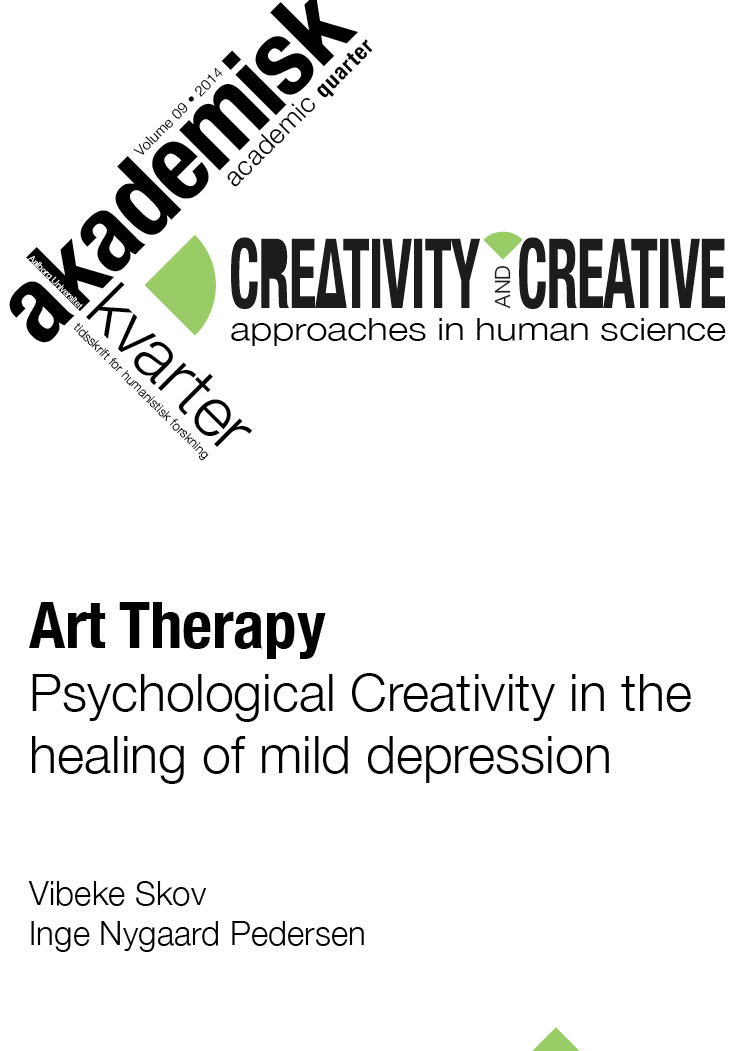Abstract | Abstract
Based on a Jungian approach, this article will introduce an integrative model to therapeutic change using art therapy methods as practical tools, with the aim of improving quality of life and in the prevention of depression.
In a research study involving six participants, painting, clay work and drumming were used together with imagination and personal dialogues linked to the artwork. These art therapy processes attempted to combine the participant’s experience of inner and outer reality. The effect of gaining more knowledge about their inner reality using dreams and symbols, was that participants gained a new understanding about their personal life. In addition, some participants were able to continue to use art therapy experiences as self-developmental tools after the research study terminated.
Jung’s description of the interactive relationship between the two living parts of the psyche: the conscious ego and the unconscious self; was used as a condition for and a core understanding of a good quality of life experience.
We applied a bricolage research methodology consisting of a phenomenological, a hermeneutic and a heuristic approach.
To reduce the collection of data about therapeutic change, four different perspectives/ attitudes were used: a) description of the therapeutic processes, b) therapeutic developments c) theoretical triangulation and d) therapeutic changes.
An integrative art therapy model emerged from the experimental part of the study as a suggestion for a future clinical model of Art Therapy with this population.
This article focuses on the psychological aspect of creativity related to mild depression with an emphasis on the interaction between the conscious and the unconscious part of the psyche.
